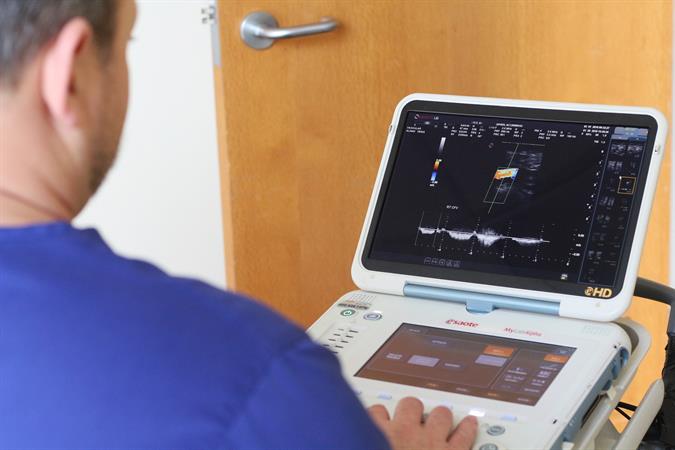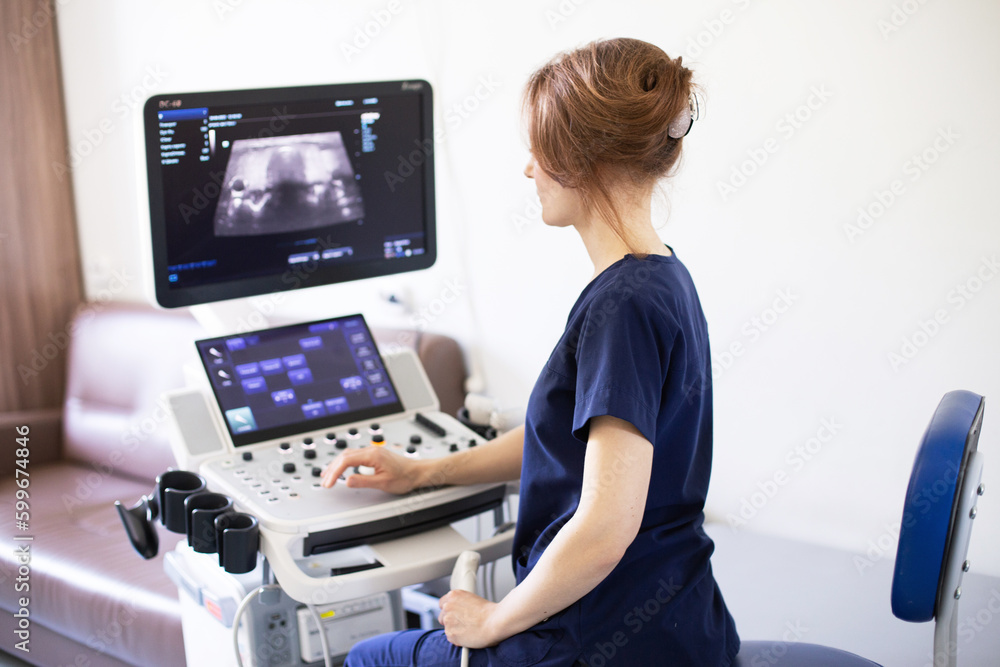TYPES OF ULTRASOUNDS
What is P.A.D.?
Peripheral Arterial Disease (P.A.D.) is when plaque builds up in the arteries that carry blood to your head, limbs, and organs. P.A.D. usually affects the arteries in the legs, but can affect any major arteries in the body. This build-up of plaque is called atherosclerosis and causes a narrowing of the arteries which limits the amount of oxygenated blood to the organs and various parts of the body.
Common Symptoms
Pain in legs while walking, known as claudication
General pain in legs
Risk Factors
Smoking
Advanced Age
Diabetes
Hypertension (High Blood Pressure)
Increased Cholesterol
Coronary Heart Disease
Abdominal Ultrasound
What is an Abdominal Aneurysm?
A.A.A. (Abdominal Aortic Aneurysm) also knows as “Triple A” is a localized dilation of the abdominal aorta to twice their normal size. About 90% of these enlarged aortas form below the level of the kidney in the abdomen. A.A.A can be life threatening if it ruptures by spilling blood into the abdominal cavity. The exact reason why A.A.A. forms is still unclear; however, there are some definite risk factors.
Common Symptoms
Pulsating sensations in abdomen
Pain in chest, back, groin and/or abdomen
Risk factors
Smoking (90% of all A.A.A. have occurred in people that have smoked at some point in their lives)
Hypertension (High Blood Pressure)
Inherited Genes
Injury
An Ultrasound to measure the diameter of the aorta is the best way to diagnose Abdominal Aortic Aneurysm, or A.A.A.



